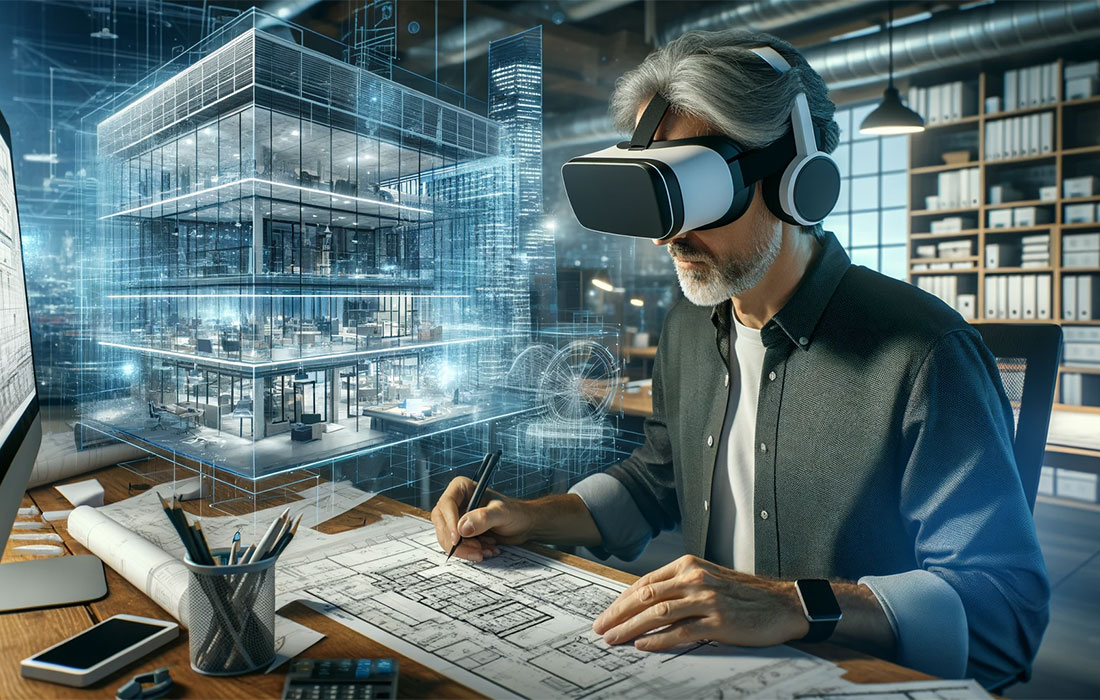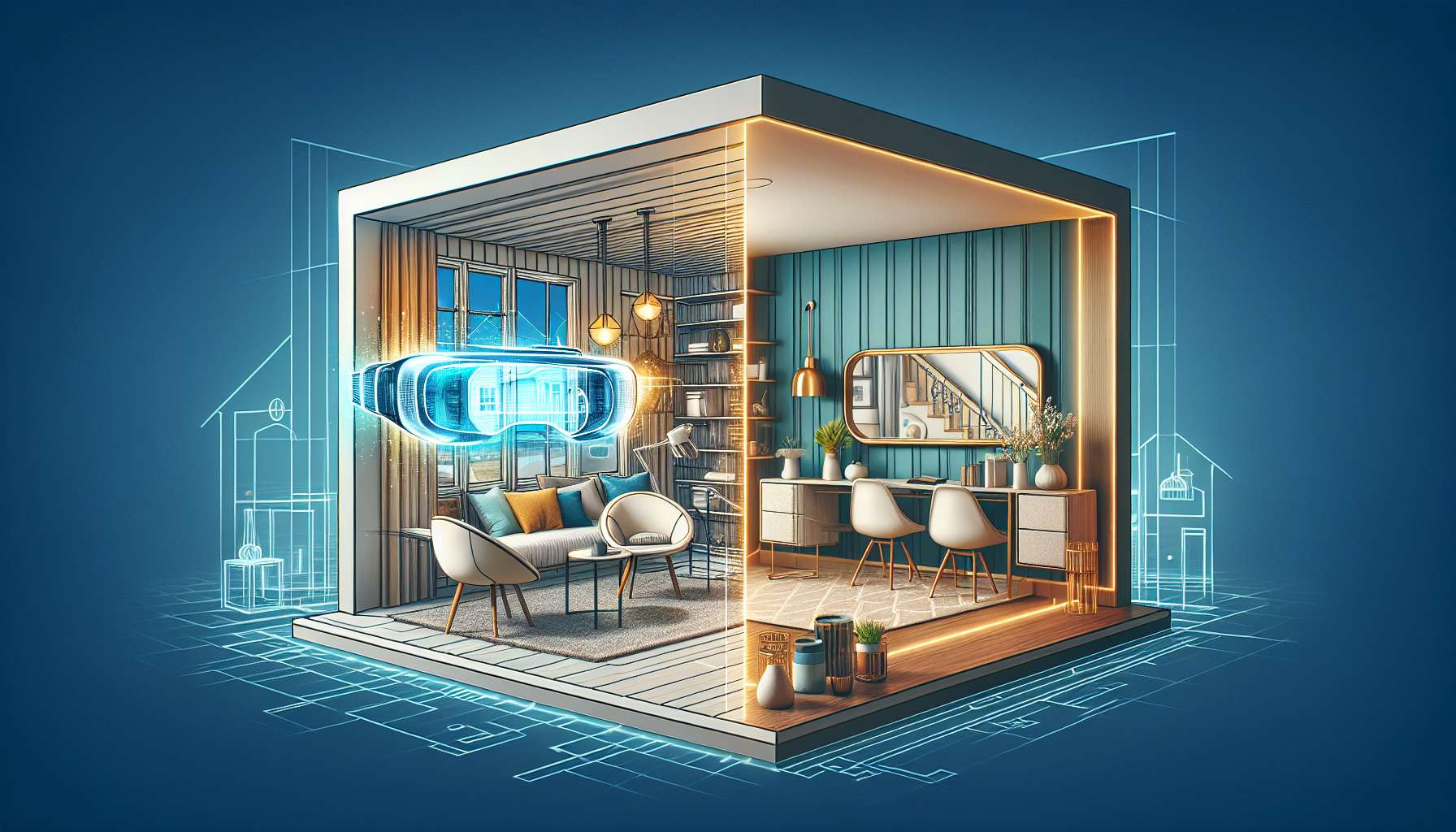Augmented Reality (AR) is rapidly transforming the fields of architecture and design. Unlike Virtual Reality (VR), which creates a completely artificial environment, AR overlays digital information onto the real world. This blending of virtual and physical spaces opens up innovative avenues for architects and designers.
The Evolution of AR in Architecture
Historical Context
The concept of AR isn’t new, but its application in architecture has evolved significantly. Initially, AR was used primarily for visualizations and presentations. However, with advanced computing power and sophisticated software, it’s now a tool for more intricate design and planning.
Modern Developments
Today’s AR technology allows architects to immerse themselves and their clients in the proposed designs. This immersive experience aids in better understanding spatial relationships and aesthetic appeal, which were previously limited to 2D renderings.
AR’s Impact on the Design Process
Enhanced Visualization
AR provides architects with tools to visualize buildings in their real context. By overlaying a proposed design onto an existing space, architects and clients can better understand how a new building will fit into its environment.
Collaborative Design
AR enables a more collaborative approach to design. Multiple stakeholders can view and interact with a design simultaneously, offering immediate feedback. This collaboration can lead to more effective and efficient design processes.
Case Studies: AR in Action
Innovative Projects
Several pioneering projects demonstrate AR’s potential in architecture. For instance, the use of AR in renovating historical buildings allows architects to superimpose new designs over existing structures, ensuring a harmonious blend of old and new.
User Experience Enhancement
AR also enhances the user experience in architectural spaces. Interactive AR elements in buildings can provide users with information and entertainment, thus enriching their engagement with the space.
The Future of AR in Architecture and Design
Trends and Predictions
The future of AR in architecture and design is promising. Trends suggest a move towards more integrated and user-friendly AR tools, which will become standard in the design process.
Challenges and Opportunities
Despite its potential, AR faces challenges such as high costs and the need for specialized skills. However, as technology advances, these barriers are expected to diminish, making AR more accessible to architects and designers.
Conclusion: Embracing the AR Revolution
AR represents a creative revolution in architecture and design. By embracing this technology, architects and designers can explore new possibilities, enhance collaboration, and create more engaging and harmonious spaces. As the technology continues to evolve, the potential for AR in these fields is limitless.








